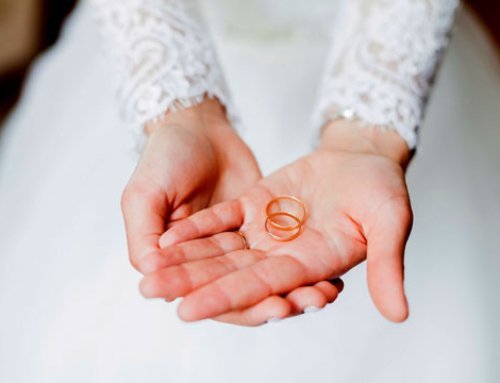GemFind has identified jewelry industry trends through click data for 20 years. These are the take-aways from their results for the first half of this year to my opinion.
1. The total profile of diamonds that have been the subject of research by consumers has not changed compared to 2017, which is not surprising.
According to GemFind, consumers were looking for a 1-carat round, G, VS2, with a certification report from the Gemological Institute of America, which is about the same profile that most consumers were interested in last year.
However, the biannual report presented a novelty: the integration of consumer preferences for grade. Excellent came first (65%) in searches for diamonds over 0.25 carat, followed by Very good, with 19%, and Good with 9%.
2. After G, the most common color searches were …
H, at 15%, followed closely by F (14%) and I (13%). In all, 59% of diamond research involved stones between F and I.
The two highest color grades, D and E, received 8% and 11% of consumer clicks, respectively.
Alex Fetanat (GemFind) said he was surprised to see diamonds in front of the D and E colors, but remarked that “if I is not the best color, it is more affordable than D or E.”
3. After VS2, the most frequent purity searches focused on …
SI1 and VS1, which ranked second in purity research, accounted for 18% of research in the first half, followed by SI2 at 15%, VVS2 at 10% and VVS1 at 8%.
Few consumers researched IF diamonds – these accounted for 4% of results – nor for stones at the other end of the purity spectrum. Only 8% of consumers were looking for I1 diamonds and 1% I2 diamonds.
Alex Fetanat (GemFind) draws conclusions from these data: most consumers are looking for diamonds that look pure to the naked eye, they do not want stones with visible defects. Yet, they do not feel the need to pay dearly for a diamond without flaws.
4. Cut search has changed a bit.
The most common cut searches involved rounds. Classic cut accounted for nearly 50% of searches in the first half of 2018.
Second place did not return to princess or even oval cuts, which had surpassed the princess cut to be in second place in 2017.
This first half year cushions were most searched for, accounting for 11% of searches, followed closely by ovals with 10% and princesses with 9%. Together with the rounds, these three cuts accounted for more than three quarters of all cuts research in the first half of the year.
Other cuts searched for were: Asscher (7%), emerald (5%), radiant (4%), pear (3%) and marquise (2%).
5. There is a strong interest in diamonds larger than 3 carats.
In the first half of 2018, 46% of diamond research involved 1 carat (25%), 0.75 carat (12%) and 1.5 carat (9%) stones, which is not surprising. Most consumers are looking for a diamond of exactly 1 carat or just below or above.
However, the third largest size search (after 1 carat and 0.75 carat) was for 3 carats and over, which interested 11% of consumers.
Alex Fetanat noted some plausible reasons for the percentage of research on large diamonds, including improving economic conditions and consumers looking for diamonds not for engagement but to mark important wedding anniversaries, such as 10 years or 20 years.
Of course, some customers could research large diamonds out of curiosity. They want to know how much a 4-carat diamond would cost or what a 5-carat diamond would look like on their finger, just as one wonders what one could rent for 5,000 USD a month in a trendy neighborhood of Brooklyn (answer: not as much as you would think or hope for).
“Having a comprehensive understanding of your customers is key to achieving core business goals.”
Sylvain Goldberg






